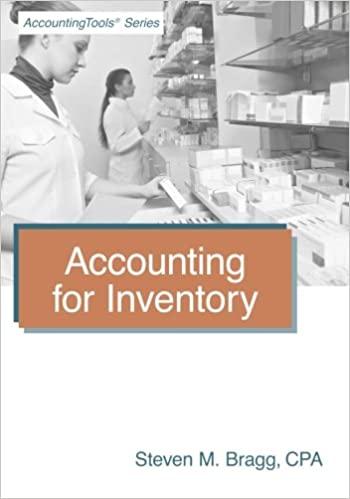Northwest Buliding Products (NBP) manufactures two lumber products from a joint milling process; residential building lumber (RBL) and commercial buliding lumber (CBL). A standard production run incurs joint costs of $477.000 and results in 84.800 units of RBL and 127,200 units of CBL. Each RBL sells for $10 per unit and each CBL sells for $12 per unit. Required: 1. Assuming that no further processing occurs after the split-off point, how much of the joint costs are allocated to commercial lumber (CBL) on a physical measure method basis? 2. If no further processing occurs after the split-off point, how much of the joint cost is allocoted to the residential lumber (RBL) using a sales value at split-off method? 3. Assume that the CBL is not marketable at split-off but must be planed and sized ot a cost of $318,000 per production run. During this process, 10,600 units are unavoidably lost and have no value. The remaining units of CBL are salable at $14 per unit. The RBL. although salable immediately at the split-off point, is coated with a tarlike preservotive that costs $212,000 per production run. The RQL is then sold for $12 each, Using the net realizable value besis, how much of the completion costs should be assigned to each unit of CBL? 4. Bosed on information in requirement 3 , should NBP choose to process RBL. beyond split-off? Complete this qu.jation by entering vour answers in the tabs below. Complete this question by entering your answers in the tabs below. Assuming that no further processing occurs after the split-off point, how much of the joint costs are allocated to commercial lumber (CBL) on a physical measure method basis? (Do not round intermediate calculations. Round your final answer to the nearest whole dollar.) Complete this question by entering your answers in the tabs below. If no further processing occurs after the split-off point, how much of the foint cost is allocated to the residential lumber (RBL) using a sales value at split-off method? (Do not round intermediate calculations. Round your final answer to the nearest whole dollar.) Complete this question by entering your answers in the tabs below. Assume that the CBL is not marketable at split-off but must be planed and sized at a cost of $318,000 per production run. During this process, 10,600 units are unavoidably lost and have no value. The remaining units of CBL. are salable at $14 per unit. The RBL, although salable immediately at the split-off point, is coated with a tarlike preservative that costs $212,000 per production run. The RBL is then sold for $12 each. Using the net realizable value basis, how much of the completion costs should be assigned to each unit of CBL? (Do not round intermediate calculations. Round your final answer to 4 decimal places.) Complete this question by entering your answers in the tabs below. Based on information in requirement 3, should NBP choose to process RBL beyond split-off











